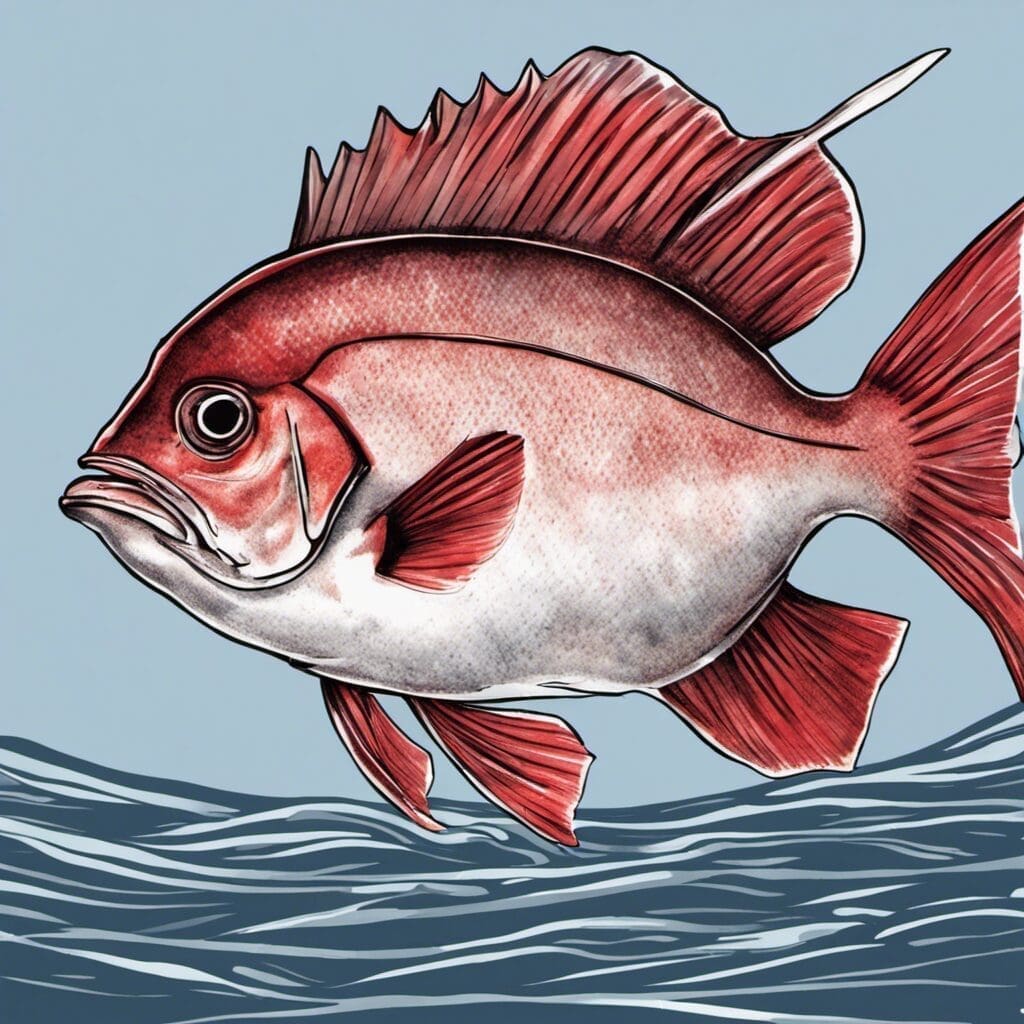Introduction
The Red Porgy (Pagrus pagrus) is a fish species belonging to the family Sparidae, widely recognized for its striking pink to red coloration.
Conservation Status
As per the International Union for Conservation of Nature (IUCN), the Red Porgy is currently classified under the ‘least concern’ category. Ongoing conservation efforts aim to maintain healthy population levels through sustainable fishing practices and rigorous monitoring.
Statistics
| Attribute | Average | Range |
|---|---|---|
| Length | 22 inches (55.8 cm) | 16 – 35 inches (40 – 90 cm) |
| Weight | 6 lbs (2.7 kg) | 4 – 15 lbs (1.8 – 6.8 kg) |
| Average Lifespan | 11 years | N/A |
Distribution
Commonly found in the Eastern Atlantic from Norway to South Africa. Red Porgy are known to migrate towards warmer waters in the winter.
Habitats
- Water type: Saltwater
- Depth range: 20 – 200m
- Temperature range: Prefers temperate climates
When and Where to See
Due to their migratory patterns, red porgy are usually spotted during warmer months. They are most active during the early morning and late evening.
Best Fishing Locations
Top locations for Red Porgy fishing include the Mediterranean Sea, the Southwestern Atlantic Ocean, and the Gulf of Mexico. For those who can’t make it to these specific locations, look for areas with sandy or rocky bottoms near coastal areas.
How to Catch
Red Porgy are typically caught using bottom fishing techniques with crustaceans or small fish as bait. The best time to catch them is during their spawning season in the spring.
Identification Guide
Identifiable by its pink to red hue, the Red Porgy features a silver-white belly and blue spots on the upper body. It possesses strong jaw muscles with several rows of tiny, sharp teeth.
Culinary
Renowned for its firm, white flesh, Red Porgy offers a mild, sweet taste and low-fat content. Its versatile nature makes it fit for a variety of culinary uses. Try grilling or butter-roasting for optimum taste. Be sure to remove the skin before cooking to avoid any bitter taste.
Additional Information
Red Porgy are primarily benthic feeders, preying on shellfish and small fish. Their most common predators include larger fish and sharks. The species holds no significant cultural value but is highly appreciated by anglers for its fight and taste.
References and Further Reading
- FishWatch - Red Porgy – https://www.fishwatch.gov/species/red_porgy
- Florida Museum – Red Porgy – https://www.floridamuseum.ufl.edu/discover-fish/species-profiles/pagrus-pagrus/
For more in-depth information, consider procuring ‘Fishes of the World’ by Joseph S. Nelson.

